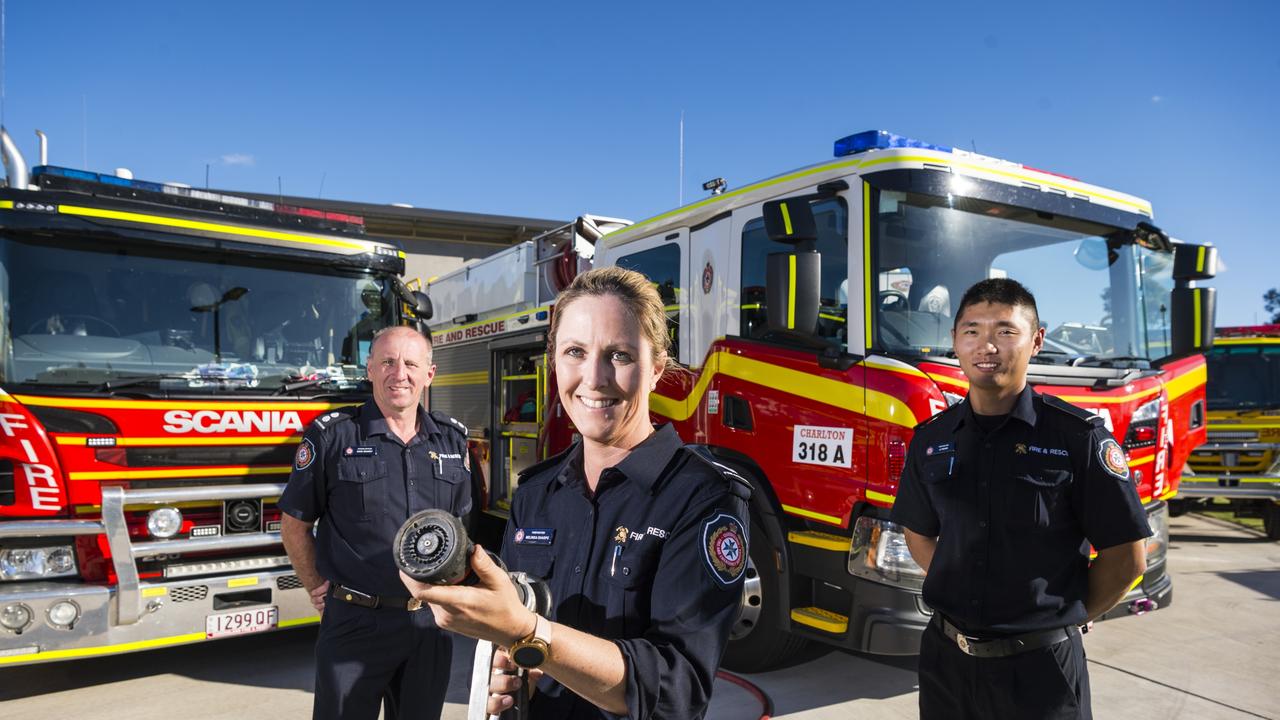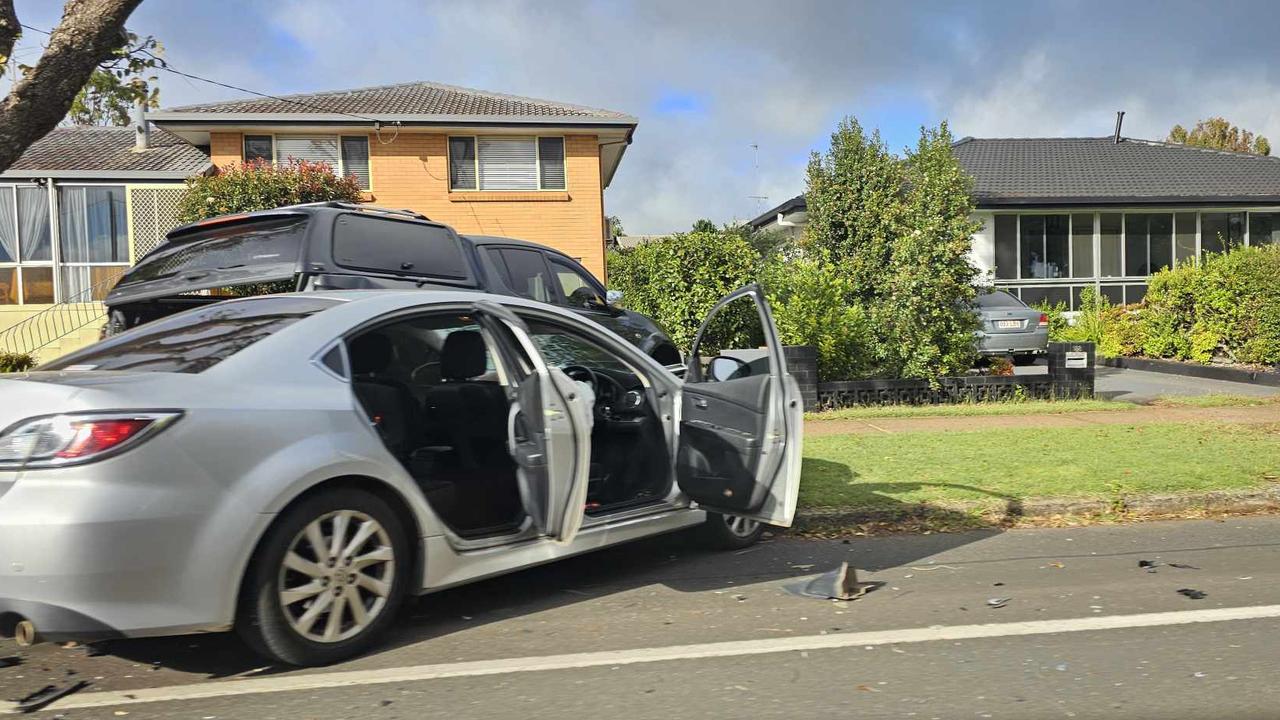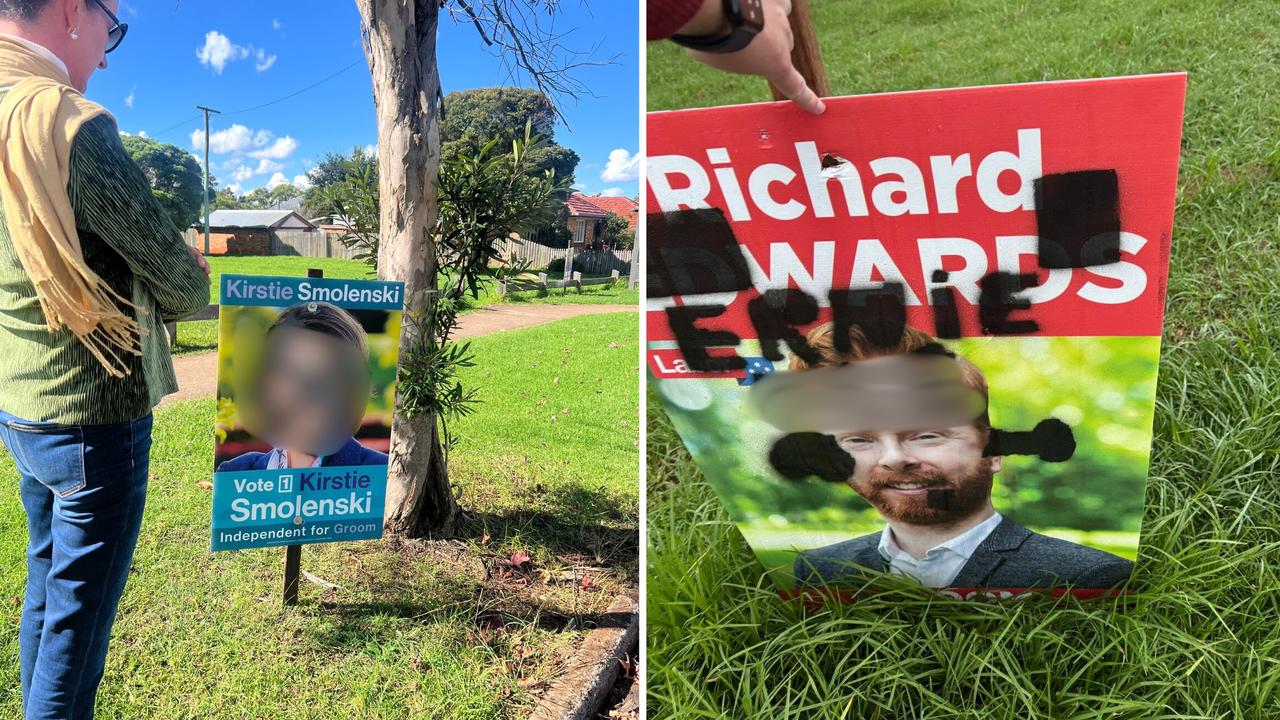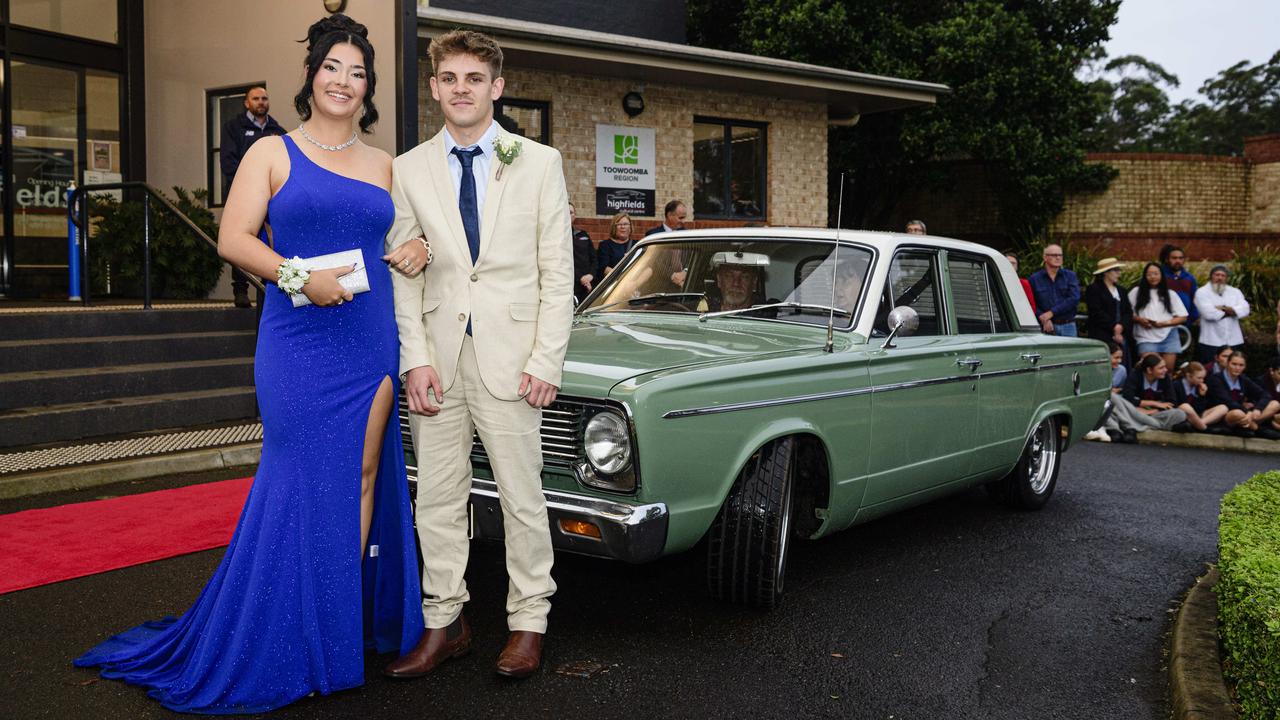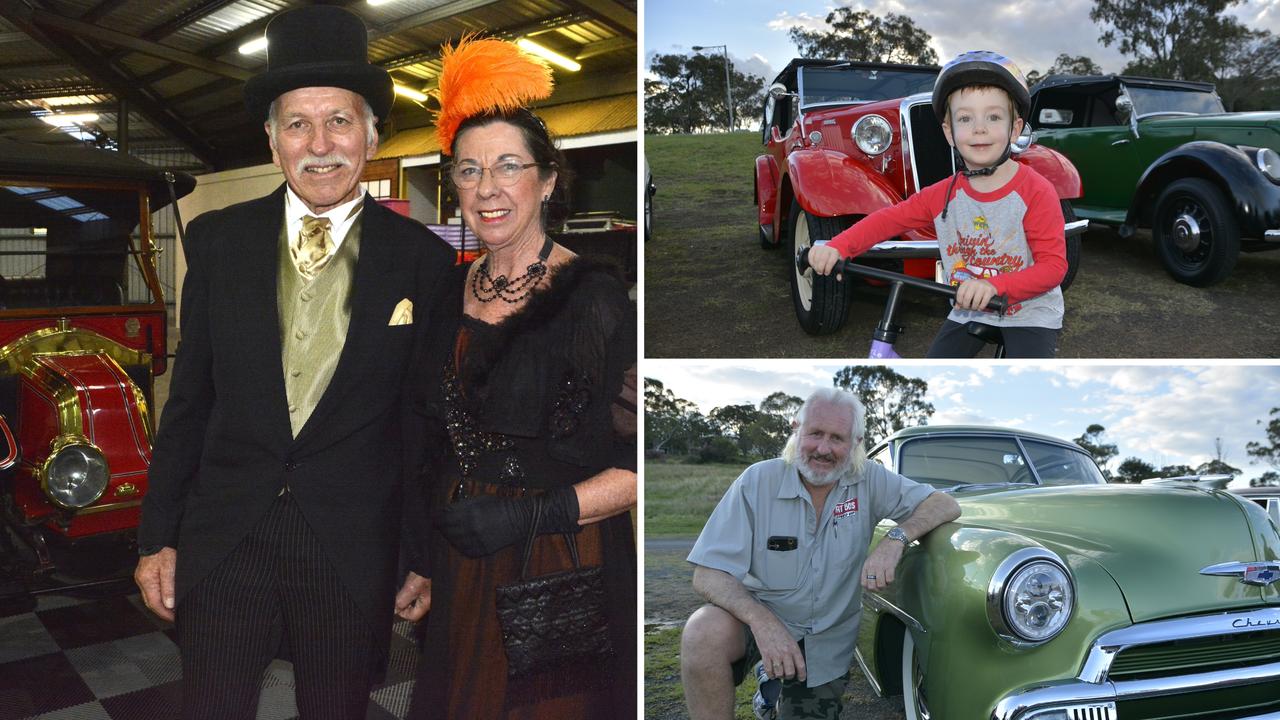Toowoomba region’s fire, emergency services boosted by new $18m Charlton headquarters
The State Government has opened a new $18m regional headquarters in Toowoomba’s western suburbs, which will house more than 80 workers.
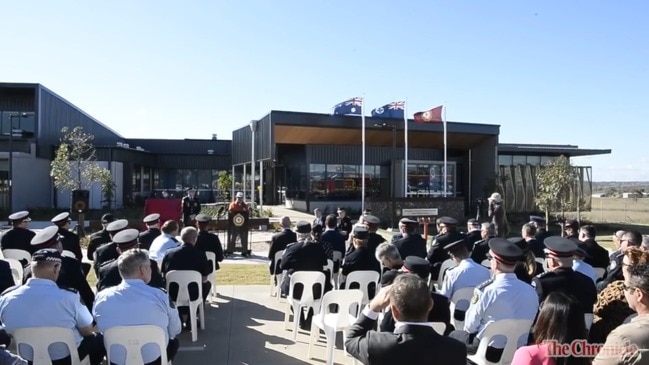
Toowoomba
Don't miss out on the headlines from Toowoomba. Followed categories will be added to My News.
Toowoomba’s fire and emergency services have received a massive boost, after an $18m facility was opened in the city’s western suburbs.
Fire and Emergency Services Minister Mark Ryan launched the new modern centre at Charlton, which will be home to the Queensland Fire and Emergency Services’ regional operations as well as local firefighting crews.
QFES Commissioner Greg Leach said the centre would house more than 80 jobs across a variety of services.
“The south western region runs from Toowoomba in the east, west to the South Australian border and south to the New South Wales border, which is a considerable size of land to cover,” he said.
“QFES staff and volunteers are passionate about supporting their communities and being able to provide this multimillion-dollar, multi-function facility will help them do that to an even higher standard.
“It’s not only a boost to personnel, but it’s a boost to the community it will service.”
Mr Ryan said the new centre was a worthwhile investment for the community.
“Having the regional headquarters and Charlton fire station at the same location will enhance the region’s emergency response while also meeting the future needs of the community,” he said.
“This is also a boon for local businesses and the wider Toowoomba area.”

The new headquarters and station were built by Toowoomba company McNab Constructions, supporting 60 local jobs in the process.
The centre is also located next to QFES’ state-of-the-art tactical training facility.
A new specialist $800,000 firefighting appliance was presented to the station at the opening.
Called the urban pumper fire appliance, the vehicle is capable of pumping more than 4500 litres of water per minute.
It also includes warning lights, road crash rescue equipment (jaws of life), a thermal imaging camera and a gas detector for improved protection of crew and public safety.
